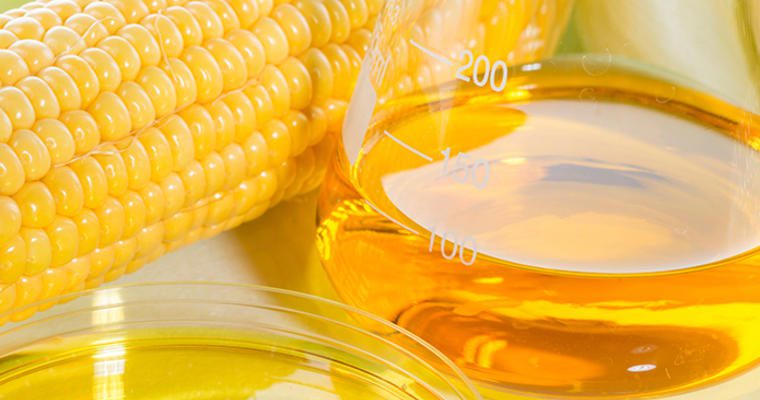Health and wellness are top of mind for many consumers. Sugar, in particular, is now at the top of some people’s “no-no” list. Recent research has shown that eating too much sugar can increase a person’s risk of developing heart disease. There are many types of sugar (granulated sugar, brown sugar, molasses, honey), but perhaps the most vilified of all is high fructose corn syrup (HFCS). Let’s take a look at one person’s thought process as they try to stay healthy in today’s food landscape.
What a great food day. I feel like a champion because I am keeping my recent commitment to a healthy lifestyle. I even got up early and ran a mile before breakfast.
Here’s what I ate today:
Breakfast: cold cereal, milk, toast with butter, egg, juice
Lunch: peanut butter and jelly on whole wheat bread, milk, applesauce, carrots
Dinner: BBQ chicken, baked potato with sour cream, salad with dressing
Snack: 3 crackers with light cream cheese and sun-dried tomatoes
I was a little surprised when I realized that HFCS was an ingredient in some of these great foods I ate today. Guess how many had HFCS? Would you believe it’s 9 out of the 18 foods I ate? That’s exactly half!
If someone is watching HFCS intake, he or she should read the ingredient labels on food packaging or ask you about the ingredients in a recipe about to be ordered.
From our example, here are the items that didn’t have HFCS:
Milk, butter, egg, carrots, potato, sour cream, salad, cream cheese, sun-dried tomatoes
Items that did have HFCS:
Cold cereal, wheat bread, juice, peanut butter, jelly, applesauce, BBQ chicken, salad dressing, crackers
High fructose corn syrup is a sweetener derived from corn, and it contains about 19 calories per teaspoon. One teaspoon of table sugar contains about 16 calories. There is some controversy about whether the body handles HFCS differently than table sugar. One thing we are sure about is that extra HFCS or extra table sugar will add extra calories. People who want to manage their weight must be sure to balance the energy they’re taking in (food/drinks) with the energy they’re putting out (physical activity). The calories in HFCS and in table sugar will be taken into account on the nutrition label, so reading labels is the best resource for achieving energy balance.
The Nutrition Resource Center at Gordon Food Service can help you meet the needs of your health-conscious customers, such as those who are concerned about HFCS. Our Health and Wellness Guide addresses a variety of nutrition topics and trends, including how to reduce sugar.




























